
November 2010
John Vincent Bellezza
Another month has elapsed but the Flight of the Khyung continues high and wide, for the journey to knowledge knows no end. There is more on the archaeology of Upper Tibet in this newsletter with further discoveries in store for you, both good and bad ones. I wish first to call readers’ attention to the September and October newsletters: these have been both updated with supplemental information obtained from various experts. If you are interested in ancient chariots and silks in Upper Tibet and the Mangkhar site in Central Tibet, please revisit these issues.
Recently discovered pre-Buddhist necropoli in Upper Tibet
On this year’s Upper Tibetan Rock Art Expedition (UTRAE), I charted two previously unknown necropoli. These belong to the quadrate array of pillars appended to a temple-tomb typology, a defining ceremonial monument of pre-Buddhist Upper Tibet. Along with walled-in pillars, these impressive funerary sites mark the territorial range of the largest Upper Tibetan paleoculture, which is correlatable to the entity called Zhang Zhung in Tibetan literature. Both of the necropoli documented this summer are located in the western Changthang, a region of Tibet especially known for its ancient monolithic arrays. Thus far, I have surveyed only a little over 30 such sites in Upper Tibet, reflecting their exclusivity and special function in ancient times. At many quadrate arrays of pillars appended to a temple-tomb sites there are outlying tombs and other kinds of funerary structures, ranging from small and modest to large and elaborate.
The concourses of pillars, stelae or menhirs (take your pick) raised next to mortuary tombs have not yet been definitively dated, but the chronometric analysis of bones from proximate tombs suggest that they were already being built by 700 BCE. As places of funerary ritual dispensation these networks of standing stones may have been established as late as the early 7th century CE. The annexation of Zhang Zhung by the king of the Purgyal dynasty of Central Tibet, Songtsen Gampo, spelled the end to the unique Zhang Zhung culture. With the conquest of Upper Tibet, its languages, culture and monuments fell into obscurity quite quickly, and relatively little about them has been recorded in Tibetan literature.
Ritual burial sites consisting of arrays of small pillars were first documented by the Russian explorer George Roerich in the 1920s (for information on the location of Roerich’s discoveries, see my book “Divine Dyads” and a forthcoming online volume, “Antiquities of Zhang Zhung”). This type of ceremonial burial center with its erect stones has several Inner Asian cognate forms, which can be traced back to the pre-Scythic tribes of Mongolia and southern Siberia. In design and form, however, the Tibetan variant most closely resembles the Turkic bulbul burial grounds (those without effigies and mausolea) of the 5th to 7th centuries CE.
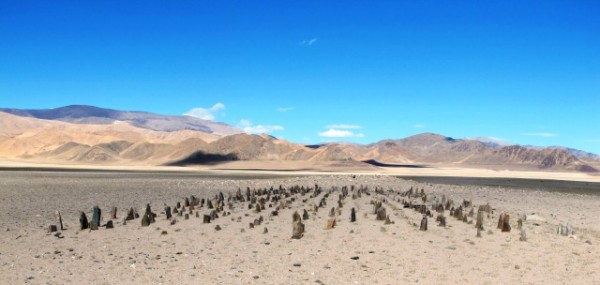
Fig. 1: The array of pillars and appended structure from the east
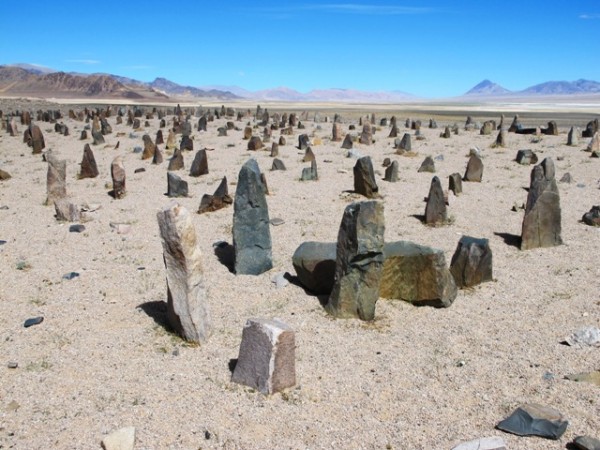
Fig.2: A close-up of the array of pillars from its southeast corner
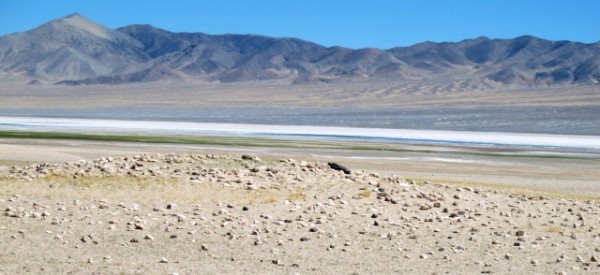
Fig.3: The remains of the appended temple from the southwest
The first site documented this year boasts a remarkably intact pillar array. It is situated in a broad sandy plain to the south of a large salt lake. In 2001, a necropolis of the same type located a few kilometers to the east on the same plain was destroyed to make way for a new road (despite there being plenty of room to go around it), so it is most fortunate that this example has survived these very trying times. The array of standing stones measures as much as 56 m (east-west) and 11 m (north south). The neatly planted rows of pillars are aligned in the cardinal directions. Around 560 pillars are still in situ, more than half the original number. Made of a metamorphic rock (fine grained grayish rock and a grayish green white speckled rock), these miniature pillars protrude 10 cm to 50 cm above the sandy surface. At certain other sites pillars reach well over one meter in height.
Not much is left of the temple-tomb appended to the west side of the concourse of stelae. Now just a truncated mound no more than 1.2 m in height, it is only through my familiarity with this type of structure that led to its identification. Originally measuring approximately 9.4 m (north-south) by 5.2 m (east-west), this is a smaller example of what presumably was an above-ground burial chamber and mortuary temple. Structural evidence from similar sites suggests that this cubic edifice once stood 2 m or more in height. The largest temple-tomb I have documented in Tibet to date is more than 60 m in length, so this year’s finds are relatively modest in size. An above-ground mausoleum in the same region has been dated to circa the 4th century CE (see my book “Zhang Zhung”).
More must be learned about these necropoli if we are to understand the precise ways in which they were used. Based on the Upper Tibetan oral tradition, I hypothesize that each of the pillars represented a constituent member of an ancient community, as in a warrior affiliated to a clan- or territory-based regiment. The all-stone corbelled buildings rising above the fields of standing stones or menhirs must have been where local chieftains were interred, drawing the community or tribe into an integral socio-ritual order that is liable to have had strong martial overtones.
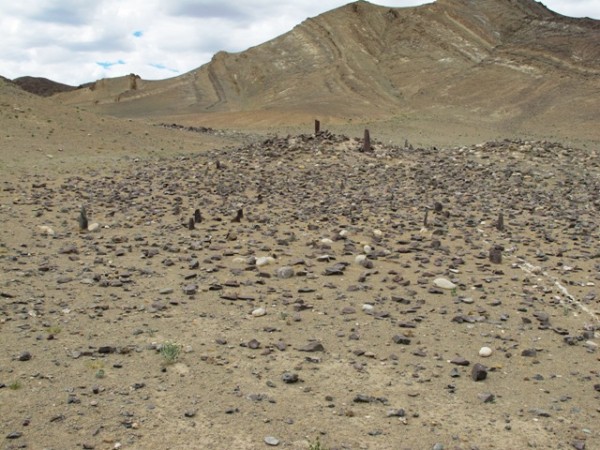
Fig. 4: The remains of the concourse of pillars and temple-tomb seen from the east
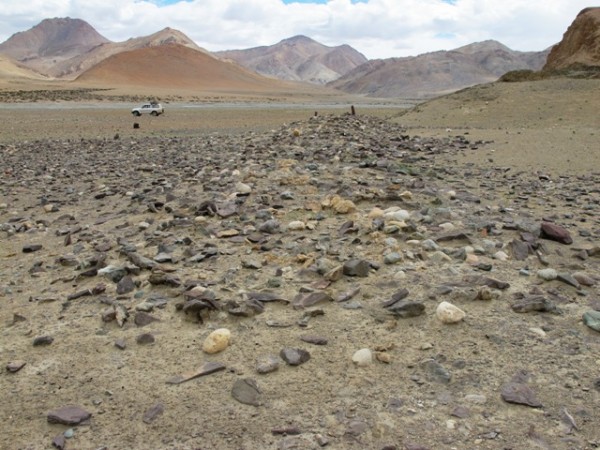
Fig. 5: The temple-tomb (background) and parallel structures to the north (foreground)
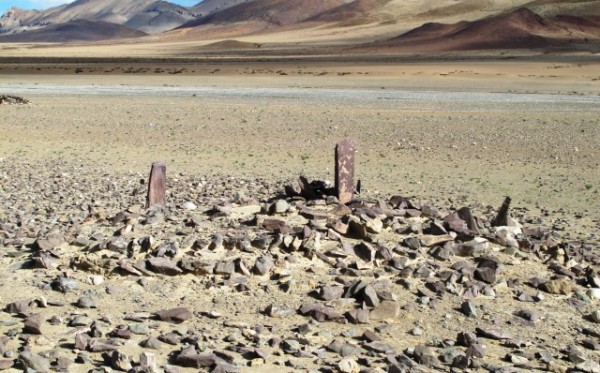
Fig. 6: The temple-tomb from the west. Note the foundation wall
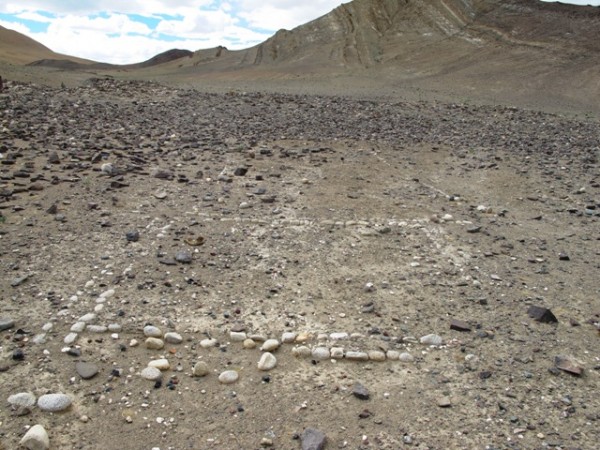
Fig. 7: Linear arrays of light-colored cobbles situated to the northeast of the concourse of standing stones
The second necropolis discovered this year on the UTRAE is found further west. Most of the pillar array has been destroyed. A few taller menhirs were uprooted and stuck into the top of the appended temple-tomb. The extant concourse of pillars measures 14.8 m (northwest-southeast) by 7 m (northeast-southwest). Originally there may have been around 12 rows of sandstone pillars each spaced approximately 60 cm apart. The tallest in situ pillar sticks 40 cm above ground level. The appended temple tomb measures 6.4 m by 4 m, but only fragments of its wall-footings are intact. These walls are composed of white igneous cobbles and red sandstone blocks.
In line with the temple-tomb of this site are parallel structures, an arrangement only met with infrequently in this type of necropolis. Three meters east of the temple tomb is a similarly sized and shaped structure of the same general construction. Perhaps this signals that there was once an adjacent pillar array as well, but this is uncertain. North of this structure are two more tumuli, the remains of what also may have been above-ground tombs.
North and east of the standing stones there are several linear arrays of light-colored cobbles embedded into the ground. These enigmatic ritual structures are quite often encountered at Upper Tibetan funerary sites. Their function is a complete mystery. What can be safely said is that the intricate mix of structures at the necropoli reflects a commensurate level of abstract cultural advancement. These were sites where complex death rituals and perhaps commemorate exercises as well were held. Tibetan archaic funerary ritual texts describe complicated ritual procedures as well as sophisticated eschatological concepts. To what extent such textual references relate to the facts on the ground in Upper Tibet is yet to be determined.
Mine is a pioneering work, making as much known as possible from surveys restricted to the surface and from the Tibetan written records. At some point, a new era in the exploration of ancient Tibet will dawn and expertise from various scientific disciplines will be inducted into the search for Tibet’s distant past. The biggest snag to progress is not technical or logistical but rather bureaucratic. The PRC has been slow to implement archaeological and anthropological work in Tibet. I am one of the few foreign experts permitted to do this kind of work in Upper Tibet, for which I am most privileged. Nevertheless, a much larger and well-funded effort is required if we are to begin to answer the many outstanding questions concerning the character and development of Tibetan civilization over the ages.
The pillage of Upper Tibet
During the UTRAE it was again brought to my attention that the looting of cultural assets in Upper Tibet continues unabated. For several days this year I traveled with personnel from the Ngari prefecture civilian police department. They were intent on showing me some of the latest cases of looting. Needless to say, local police are extremely concerned and have asked for my advice. I have recommended setting up a village and encampment-based system of monitoring cultural and archaeological sites. Now with the widespread availability of mobile phone service, a more rapid response to threats posed to heritage sites is possible. A boost to the morale of the Ngari police force came this year with the successful conviction of a local individual and a man from eastern Tibet for looting chortens in Dungkar, one of the region’s premier Buddhist sites. Many other examples of theft and vandalism however have gone unpunished.
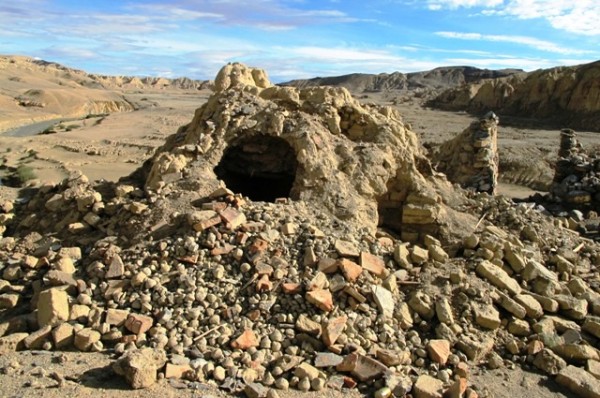
Fig.8: The recently destroyed chortens of Atsen
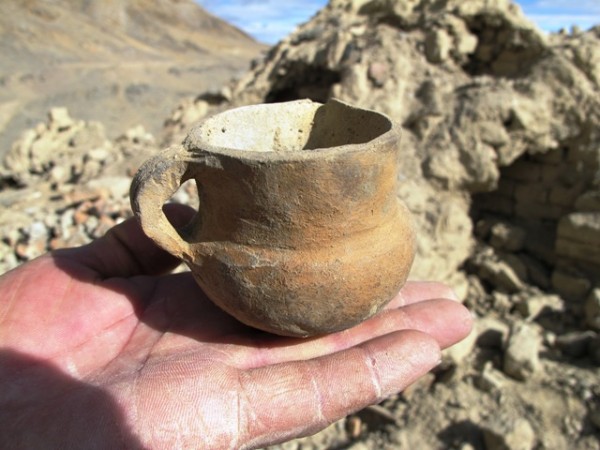
Fig. 9: A ceramic jug discarded by the thieves found among the rubble
This year I was led to Atsen (A-tsan), a very remote ruined monastery and citadel in Guge. This site can only be reached on foot or on horseback. Recently the complex of chortens at Atsen was opened and their contents bared. Although these chortens were desecrated in the Cultural Revolution, their bases remained relatively intact. However, sometime in the last two years these structures were systematically broken into in the search for marketable goods. The results of this vandalism are clear to see: lying scattered on the ground are piles of tsha-tsha (figured clay plaques) and many other damaged objects. A small ceramic jug remained on the surface, miraculously surviving the onslaught of the thieves. Fragments of woolen serge and silk, presumably from the attire of high religious personages were also discarded by the thieves to rot in the elements. At least some of these disgorged objects appear to date to the bstan-pa phyi-dar or ‘second diffusion of Buddhism’ some 1000 years ago. What the thieves might have gotten away with is anyone’s guess. The pickaxe, shoes, gloves and even the containers and wrappings from their food provisions remain in place, a reminder of their disastrous visit.
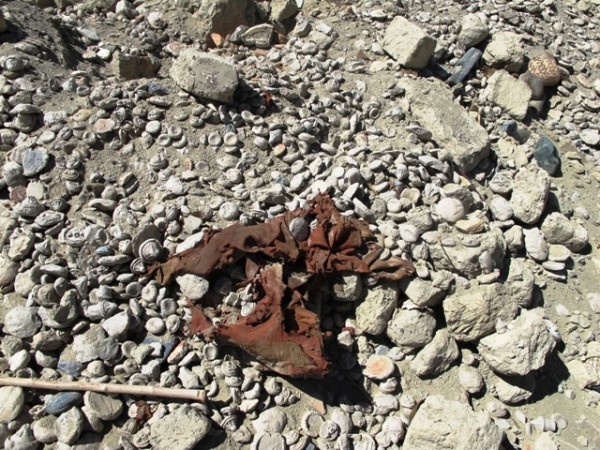
Fig. 10: A piece of burgundy serge and tsha-tsha removed by thieves from a chorten at Gyarang. Also note the upset carved prayer stone
I also visited on horseback another extremely isolated ruined Buddhist monastery and citadel at Gyarang (rGya-rang) in Guge. The cluster of chortens at the base of the citadel mount at this locale was also recently looted. Wood from the substructures of these ceremonial monuments and tsha-tsha lay broken in heaps. Among the contents of the chortens was a piece of silk connected to a bamboo rod, ostensibly the vestiges of a small thang-kha painting. Many folios belonging to Buddhist volumes were also removed from the chortens. A pickaxe and shovel were left behind at the scene of the crime.
Next month: More remarkable rock art from the UTRAE and other Upper Tibetan finds too.